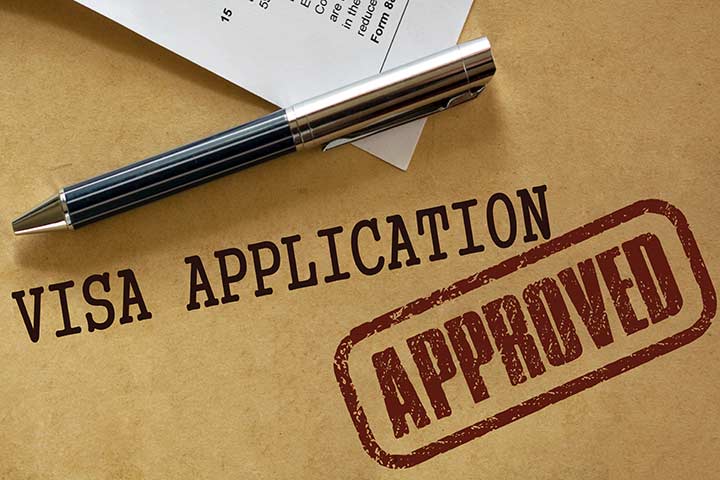Immigration has always played a major role in shaping the United States. From the early settlers who arrived on its shores to the modern-day influx of skilled professionals, immigrants have added to the cultural and economic fabric of the country. In particular, employment-based immigration has allowed businesses to hire qualified candidates from across the world, thereby contributing to the growth of the American economy. However, navigating the complexities of this process can be challenging, and there are several key factors that prospective applicants must consider.
The first step in employment-based immigration is to determine which category of applicants you fall into. There are several types of visas available under this category, including those for individuals with extraordinary ability, outstanding researchers and professors, multinational executives and managers, and those who have secured job offers from US-based companies. In each case, the requirements for application and approval can vary considerably, so it is essential to do your research and understand the specific criteria that apply to your situation.

Another critical aspect of employment-based immigration is understanding the visa application process itself. This process can be lengthy and complex, requiring applicants to submit extensive documentation and to navigate a variety of rules and regulations. It is not uncommon for applications to be delayed or denied due to errors, omissions, or other issues, so it is critical to ensure that all documents are submitted accurately and in a timely manner.
One of the most important factors in the success of an employment-based immigration application is the support of your employer. While it is possible to apply for some categories of visas without a job offer, many require a letter of support from a US-based employer. This support letter must be detailed and comprehensive, outlining the qualifications and experience of the applicant and demonstrating why they are the best fit for the position. In some cases, the employer may also be required to provide documentation on their financial status and ability to pay the applicant’s salary.

Finally, it is worth noting that the current political climate has significantly impacted employment-based immigration in the United States. The Trump administration introduced several changes to immigration policy, including new restrictions on H-1B visas and other types of skilled worker visas. As a result, applicants may face additional hurdles or delays, particularly if their application falls within the target industries or geographic regions identified by the government.
Employment-based immigration can be a complex and challenging process, but with the right support and guidance, it is possible to navigate successfully. By understanding the key requirements and considerations, applicants can improve their chances of approval, and take advantage of the many opportunities that exist in the United States.

























